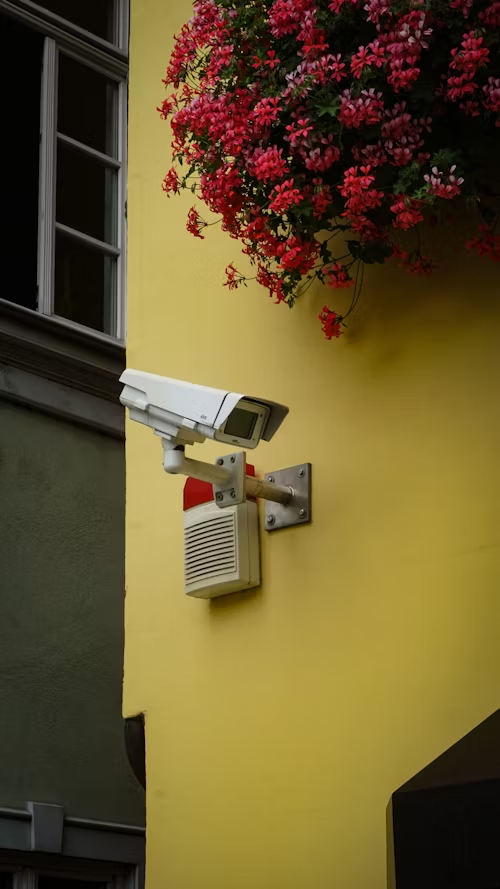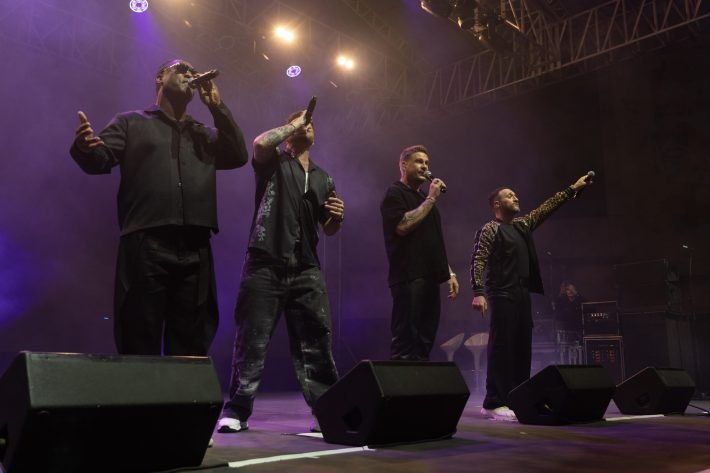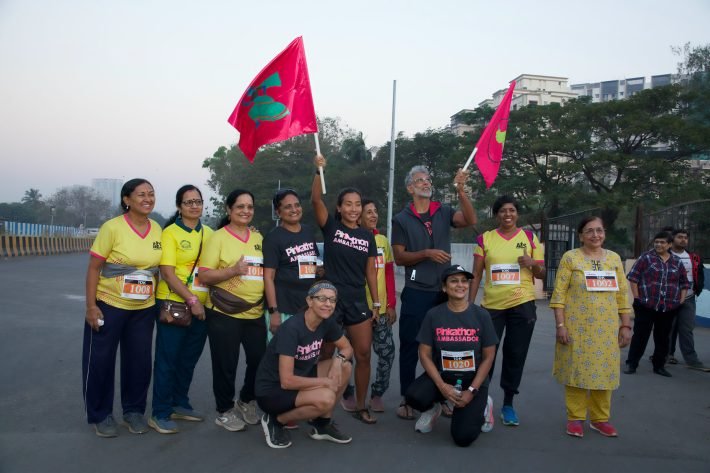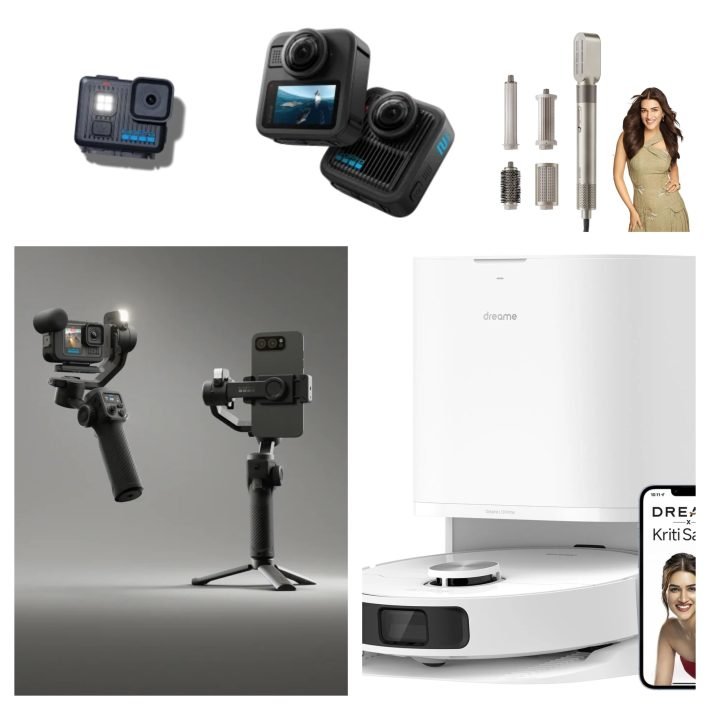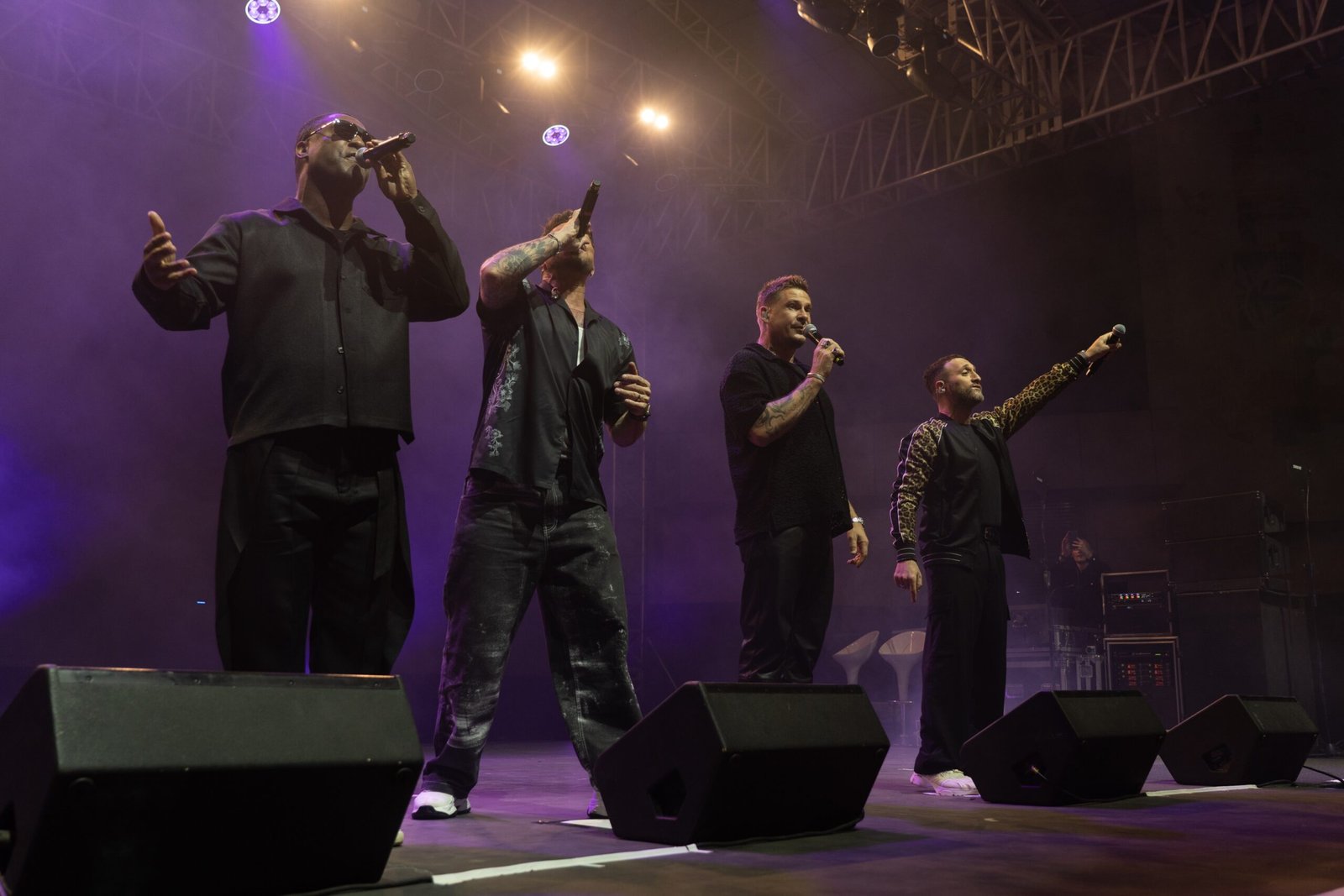Cloud-based security cameras
In today’s fast-paced entertainment and events industry, guest safety is more important than ever. Whether it’s a music concert, trade expo, sports tournament, or festival, event venues are constantly seeking smarter ways to monitor crowds, prevent incidents, and respond quickly when problems arise. One technology leading this transformation is the use of cloud-based security cameras. TheGlitz reports…
Unlike traditional CCTV systems that rely on local servers and static infrastructure, cloud-based solutions offer flexibility, scalability, and intelligent integration. From small indoor theaters to large open-air stadiums, event venues are increasingly choosing these modern systems to ensure smooth operations and a safer experience for everyone involved.
Image source
The Shift to Cloud-Based Security
Traditional security camera systems require on-site servers, manual backups, and physical storage, making them expensive, hard to scale, and vulnerable to tampering or hardware failure. In contrast, cloud-based security cameras stream and store footage over secure internet connections, allowing venue managers to access and manage video from anywhere.
This shift not only simplifies infrastructure but also introduces powerful new features that help venues adapt in real time to changing conditions during events. Providers like Coram offer scalable cloud-based surveillance solutions that make it easier for event organizers to monitor activity and keep guests safe without relying on complex hardware.
Key Benefits of Cloud-Based Security Cameras for Event Venues

1. Remote Access and Real-Time Monitoring
One of the biggest advantages of cloud-connected systems is the ability to monitor multiple camera feeds remotely. Security personnel and event managers can use mobile devices, tablets, or laptops to view live footage from various areas of the venue—whether they are on-site or off-premises.
This is particularly useful during large-scale events where coordinators need visibility across entrances, exits, backstage areas, and crowd zones simultaneously.
2. Scalable Coverage for Any Size Venue
Cloud-based security systems are built to scale. Event organizers can easily add more cameras before a big event or reduce coverage afterward without overhauling the entire setup.
Whether it’s a pop-up event, multi-day music festival, or an annual conference that grows year after year, cloud-based systems provide the flexibility to adapt coverage based on size, layout, and expected crowd levels.
3. Seamless Integration with Ticketing and Credentialing Platforms
Modern cloud-based surveillance systems are not isolated tools. They can be integrated with ticketing software, access control systems, and credential management platforms.
For example:
- Cameras at the entrance can verify whether the face or QR code scanned matches the ticket.
- Access logs can be cross-checked with video footage to verify who entered VIP zones or backstage areas.
- Lost ticket issues can be resolved more easily by reviewing footage and verifying guest entry.
This integration allows event organizers to maintain better control over guest flow and staff access, reducing fraud and enhancing overall safety.
4. Smart Alerts and AI-Powered Analytics
Advanced cloud-based security cameras often include AI features like facial recognition, people counting, and motion detection. These tools can:
- Alert security if someone enters a restricted zone.
- Detect overcrowding and prompt staff to redirect foot traffic.
- Help investigate incidents quickly with keyword- or time-based video searches.
AI analytics also support post-event reviews to improve layout, staffing, and flow for future events.
5. Data Backup and Tamper Protection
Because footage is stored in the cloud, it’s protected from physical damage, theft, or tampering. If something happens to the on-site hardware, the data remains secure and accessible.
Real-World Example: How a Festival Used Cloud Surveillance to Enhance Safety
At a three-day outdoor music festival, organizers deployed a cloud-based security camera system to monitor entrances, concession stands, and main stages. Footage was streamed to a central command center and made accessible to mobile security teams. When overcrowding developed near a food vendor, motion analytics triggered an alert. Security quickly responded, rerouted foot traffic, and prevented a potential safety hazard—without disrupting the experience for attendees.
This kind of proactive incident management is now only possible because of the flexibility and intelligence cloud-based systems offer.
Conclusion
As the expectations for safety and efficiency grow, event venues are embracing new technologies to stay ahead. Cloud-based security cameras offer a reliable, scalable, and smart solution for modern event management. With features like remote monitoring, AI analytics, and seamless integration with ticketing systems, they not only protect guests but also improve operational control and planning.
